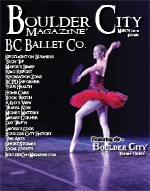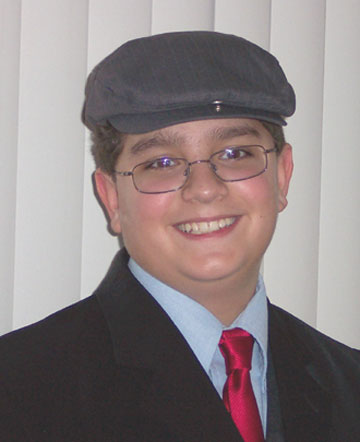We are reintroduced to these two, and the daughter is but four or five years old, exploring her baby books and toys. Her mother enters the old office, relieved to have found her daughter; she couldn’t find her for quite a while. Although she isn’t very happy her daughter is playing in all that dust, especially with her asthma.
The scene is introduced again with the mother and daughter at the park (the daughter 8 or 9), swinging on the swing sets (viola, violin slides). Our pair leaves the swings to eat lunch, just glad to be in each other’s presence. They eat quietly just enjoying the sunshine and nice weather. The daughter begins to cough, but she seems to be okay.
Yet again we rejoin the duo, the daughter now a young teenager (viola). She seems to be busy, has become an overachiever, in some school basketball game. She is playing quite well, making her mom proud (violas phrase). But she is benched. Her mother is quite puzzled. Then she notices her baby girl start to cough, and understands why. Although she is not very worried (C Major Chord). Soon she eventually grows concerned, her daughter relentlessly going at it. Her mother takes her to the hospital after the game figuring it’s the asthma. The violas go on, as the nurse suggests keeping her daughter overnight, and the mother gives consent. Mother just leaves, and believes everything will be all right.
Violas enter once more, as mom gets a call from the doctor. She is quite afraid, but the doctor reassures her everything is fine with her daughter’s asthma (viola, violin slides), but her daughter might need some more tests, and wants to see her mother. The mother drives to the hospital, and we hear a beautiful chord, as the daughter is just exuberant with excitement to see her mom. Mom suggests that her child go to sleep, as she will need it. Then is the turning point. The daughter begins to spasm, as we hear the first big chord. She is flat lining, and the mother screams with foreboding terror in her voice, scared with horror and alarm. The doctors and nurses enter, shocking her, trying to bring her back. All the instruments boom out the biggest, most powerful emotional chords any of them have ever released. Mother is crying in agony, just burning with screams of rage, distress, and anguish, as she deep down knows it’s all over.
We reemerge with a gloomy, somber mood. The mother is in the room by herself, her daughter lying there lifeless. Thoughts and breaths are swashed around as the woman tries to cope. She eventually comes to an understanding her daughter is gone, and she must deal with it.
Violin/viola resurfaces with the same phrases as the beginning. Our character is now walking to her car, gets in, and drives home.
She walks up to her home, opens the door, enters, and sets down her things, undresses, and begins to end this god-awful day.
Again we appear, the mother getting into bed. She knows tomorrow she must take care of the paperwork, burial, hospital bills and so forth, but she decides to forget about all that nonsense.
First violins buzz in, as the lady is finally asleep. Although she is restless (walking quarter notes), and wakes up. A ghost of her daughter is right above her, floating like a butterfly. Mother lies still (as everyone else stops, except the First violin). While the First violins continue by themselves, the daughter floats down to her mother and lays there. The mother feels at peace, and goes back to sleep, her daughter’s spirit at her side.
Conclusion:
Many people (students) dread playing this piece due to its slow pace. But, after reading this, do you see something else? There is great emotion, value, and intensity beyond words. This piece is so simple, yet so complex. It evokes thoughts of great wonder and passion. It also seems quite unfathomable to comprehend the true significance of this piece.
I have thought of a way to connect. We all have hardships, deaths, or other deep things that strike great feelings of sorrow and/or wonder. When you play this piece, think of one of them. Think of natural disasters like in Haiti, or world hunger. Think of the many deaths every day, and the birth of life, the great and never ending circle. Consider all the difficulty you have with school, emotions, or parents. Remember deaths of close ones, and play it in honor of them. Even ponder the true meaning of life, the greatest mystery known to man.
As you can see, there are many ways to approach and relate to this piece. You aren’t just playing the notes on the page, but rather making meaningful music. This was meant to be played with great power and sentiment or feeling, not by any-old Joe Schmoe that got bored and wanted to play his violin. Be aware of what is going on, but at the same time immerse yourself into the music. Become one with your instrument, an extension of you and your emotions, and chime out the true meaning of this piece, ringing out your song to the heavens, and to all of humanity.
If you have any questions or comments, e-mail me at bcmakidsview@gmail.com.


